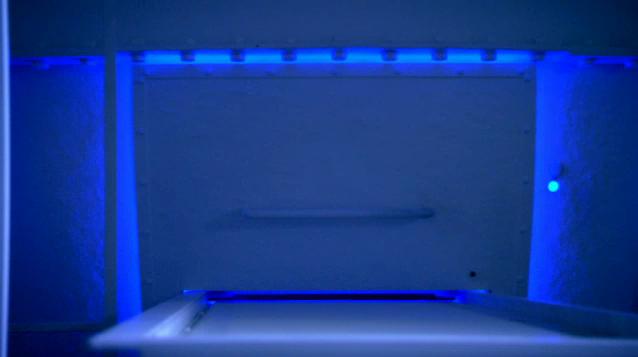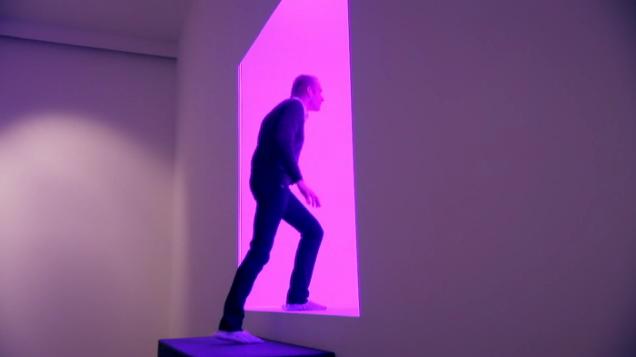The TV documentary 'What makes a masterpiece?' (2012) courtesy of Channel 4, features James Turrell's immersive installations as a play between science and art, powering between experience and aesthetics.
"His work is often described as explorations in light and space. The artist calls his work 'adventures in perception' and I can't help thinking this is a take on the brave new world of neuro-aesthetics, which studies the impact of art on the brain. By flooding the senses with otherworldly flushes of light, Turrell is creating something of a new reality, born of a fusion of the two disciplines of art and science. In Turrell's case, beauty isn't so much in the eye of the beholder but the brain." -Matthew Cain
With new technology and developing art practices that now frequently combine the two, it is becoming difficult in defining what exactly affects us when we encounter art. Whether there is some key element that engages the viewer's attention, or whether it is the joy of surprise and the new. James Turrell's installations don't only overload the senses with his extreme colour and light, but they seem to transport the viewer to a psychological state, an alternate reality of escape.











